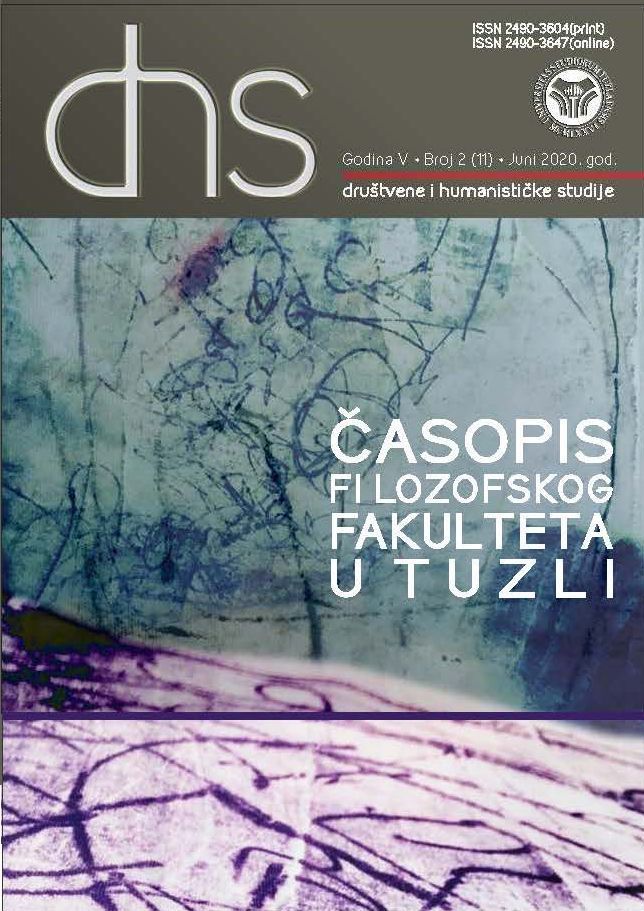Analiza razlika u sportsko-takmičarskoj orijentaciji između učenika sportista i nesportista
Analysis of Differences in Sports Competition Orientation Between Sports and Non-sports Pupils
Author(s): Dževad Džibrić, Amela Smajlović, Amer Hodžić, Tarik Ljubović, Dragiša Jovanović, Erko SolakovićSubject(s): Education, Sports Studies
Published by: Filozofski fakultet Univerziteta u Tuzli
Keywords: school; lower grades; competition; survey
Summary/Abstract: Sport, or sports, is a very important factor in personality formation. Success in sports is often conditioned by a positive outcome, that is, by winning competitions, but also by competitiveness, as the main sporting competition orientation that distinguishes athletes and non-athletes. This research was conducted to identify differences in sports-orientation among younger students of athletes and non-athletes. The research was conducted in seven Tuzla elementary schools. The population from which the sample of 512 respondents was selected was defined as the population of fourth- and fifth-grade students, both sexes, aged 9.4 years. Two sub-samples were formed from the population thus defined. A sub-sample of 328 respondents involved in a particular sport activity (sports games, karate, gymnastics, swimming,tennis, etc., 2-3 training sessions per week), group - athletes. A sub-sample of 184 respondents who do not engage in any sports activity at all, the group - non-athletes. The Sport Orientation Questionnaire (SOQ; Gill and Deeter, 1988) was used as an instrument. The non-parametric Mann - Whitney U test for independent samples was used to determine differences in the answers to the questions asked between the athletes and non-athletes. The results obtained in this study show that athletes score higher on all three subscales than non-athletes, in other words more competitive, more win-oriented and more goal-oriented. From the results of particles with statistically significant differences, it can be seen that athletes are looking forward to competing with athletes (p = 0.04) and training hard to be successful (p = 0.04), do not like to lose (p = 0.04), or give trying their best to win (p = 0.04) and trying to achieve these goals(p = 0.03). This has provided us with important practical information, first of all for classroom teachers, kinesiologists, and later for others working in education, who should be oriented towards encouraging task-orientedness in their students through appropriate strategies and instructions. Such an orientation plays an important role in maximizing student involvement in participating in sporting activities provided by the school and outside the school through various competitions.
Journal: DHS-Društvene i humanističke studije: časopis Filozofskog fakulteta u Tuzli
- Issue Year: XI/2020
- Issue No: 11
- Page Range: 427-440
- Page Count: 14
- Language: Bosnian

